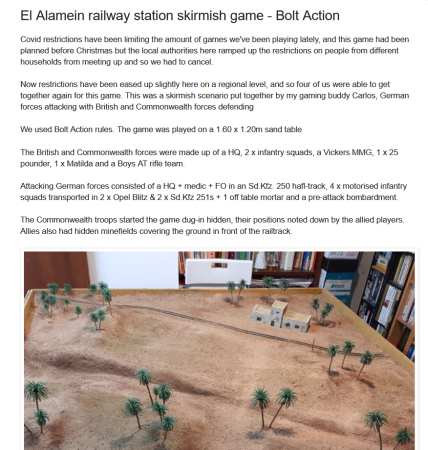I'm building terrain for WWII Stalingrad, so I really had to have a Barmaley Fountain. Surprisingly, there are now at least two great choices on the market in 28mm. One is available through Eureka and Eureka U.S.A. with laser-cut pieces and metal figures. The other I found is from Puppetswar, which does an all-resin version.

Above, you see the resin pieces as received from Puppetswar… excellent detail, and very carefully packaged. The ring of dancing children comes in two separate pieces. Notice that the bases have positioning holes for mounting everything correctly.

The model needed very little clean-up, which I did with a sharp Xacto knife. The most delicate portions were the feet of the children, and trimming the extra sprues.
Here the model is 'dry fit' to check for any issues there might be during final assembly. Except for a few frogs missing their locator pegs, it was a perfect fit.

I always try to wash the resin kits in warm soapy water before assembly and painting. Then I usually wipe them down with denatured alcohol. It does not clean all the mold release off, but generally I find the resin kits take primer better after these steps.

My preferred glue for resins and dissimilar materials is Devcon five-minute epoxy. I prefer the separate bottles, with a small dot of each part mixed on a piece of paper or cardstock with a toothpick.

I am leaving the center section separate for painting reasons… much easier to handle and get the proper brush angles.

I used Krylon black spray primer on both halves of the fountain. Usually, it is necessary to do a black paint wash to make sure that the crevices are also black. Now drybrushing with Old Bronze by Reaper. I used a wide brush, going mostly in a downward motion.

After a healthy coat of Old Bronze, it is time to make it look oxidized. The tricky part is getting that look of patina, which covers such statues when they are left outside.

Now you want a bright green and a bright blue… I really like Ceramcoat paints for a lot of my basic colors. They have a wide selection and they are very inexpensive. Mixing these two, I can get a really nice turquoise color.

Now to make the patina wash work properly, you want to water it down with clean water and add a few drops of alcohol. I use isopropyl or rubbing alcohol for this. The alcohol helps keep some of the wash on the surface, while the thinning still puts most of it into the crevices…
Now at this point, you can go back over with a brass color, drybrushing lightly to get more shine. (I liked it this way and left it here.)

Now I basecoated with Hippo Grey (Ceramcoat again…). I like to thin it and do multiple coats, to keep the brush marks to a minimum on such a large surface.
Now I drybrush with a lighter grey. Here I used the Bridgeport color, which has a slight blue tint. I covered the entire stone area this way…

After the drybrushing, I washed the grey areas with Nuln Oil from GW. Any decent black wash will work, I like the GW washes though because they are easy to use. I highly recommend them to people trying their first wash techniques.

Generally speaking, I was pretty happy with the final result… I did think about putting some rubble in the fountain, and may add some later (or Russian casualty figures from Eureka).

Big 'thank you' to Artur at Puppetswar. Great customer service!








